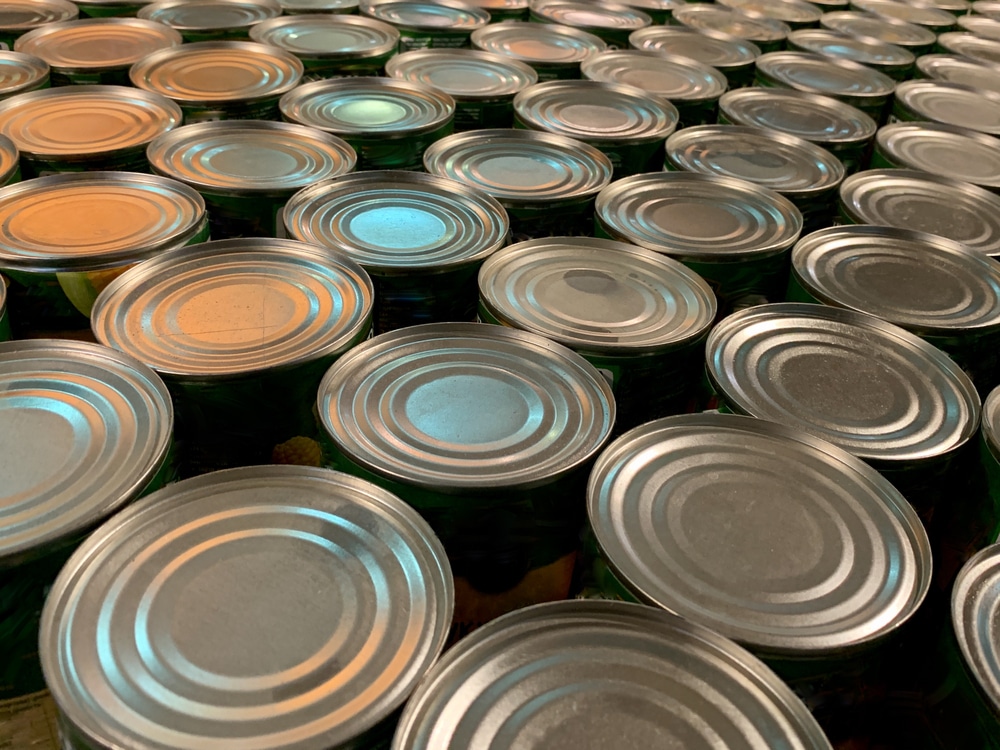The Optimization of Evaporators
Our client was coping with a daunting combination of performance issues with their multiple evaporators: throughput issues, energy costs, and product quality. In response, we completed an Outcome-Based Engineering (OBE) field study of an evaporator and determined several operational improvement opportunities. The OBE study determined that adding instrumentation, a variable frequency drive, along with modifying the process controls will provide three interdependent outcomes: make more product, balance efficiency and energy costs, and produce an on-spec product.
A simple explanation: an evaporator boils water. The concentrate coming into the evaporator is part acid and part water. The desire is to take this variable percentage concentrate and boil off the water to produce a higher percentage of acid that is on-spec.
To maximize the interdependent outcomes, four improvement steps are required:
- Operate the evaporator at a controlled pressure
- Monitor the performance of the shell and tube heat exchanger
- Measure the final product
- Measure the incoming concentrate
Controlling the vessel pressure allows us to boil the water off at a specified pressure. Think of a pressure cooker – it encloses food in a tight vessel and as more heat is provided, the pressure inside the vessel rises. Most pressure cookers cook at 15 psi above the atmosphere’s pressure. This raises the boiling temperature of the water to about 250 degrees F, which allows you to reduce cooking time. Conversely, when pressure is reduced, water boils at a lower temperature. When you don’t control the pressure, the evaporator becomes less efficient.
Adding additional pressure transducers to the evaporator will allow optimal operation on the Vapor-Liquid Equilibrium (VLE) curve using Model Predictive Control (MPC) to improve efficiency and throughput by dynamically lowering boiling temperature of the water.
Steam is used in the shell and tube heat exchangers to heat the evaporator contents that circulate through it. Over the course of several days, the tubes in the heat exchanger are fouled with contaminants which close the tubes and reduce performance. The shell and tube heat exchangers are currently cleaned on a 13-day rotation.
Adding temperature transducers and flow measurement to monitor the incoming and outgoing steam temperature allows for monitoring the performance and efficiency of the heat exchanger. This is accomplished by reviewing the heat transfer degradation relative to performance at the beginning of the operational cycle when the tubes are first cleaned.
The end product requires a specific acid content. Samples are taken every four hours.
Measuring the specific gravity of the end product gives closed-loop verification and allows real-time adjustment to ensure the product meets specification requirements.
Incoming to the evaporator is a variable percentage of water/acid concentrate. This unknown percentage causes inefficiency in the evaporator that takes some time to detect due to the large volume and thermal inertia of the unit. However, if the incoming concentration and flow rate are continuously known, the amount of water vapor to be created (evaporator load), and the corresponding amount of heat to be added can also be known. This enables feed-forward control which minimizes variances from optimal performance.
Measuring the specific gravity of the incoming concentrate gives the system the ability to “see the future” and optimize the controls of the system. This will improve efficiency and give a more stable end product.




